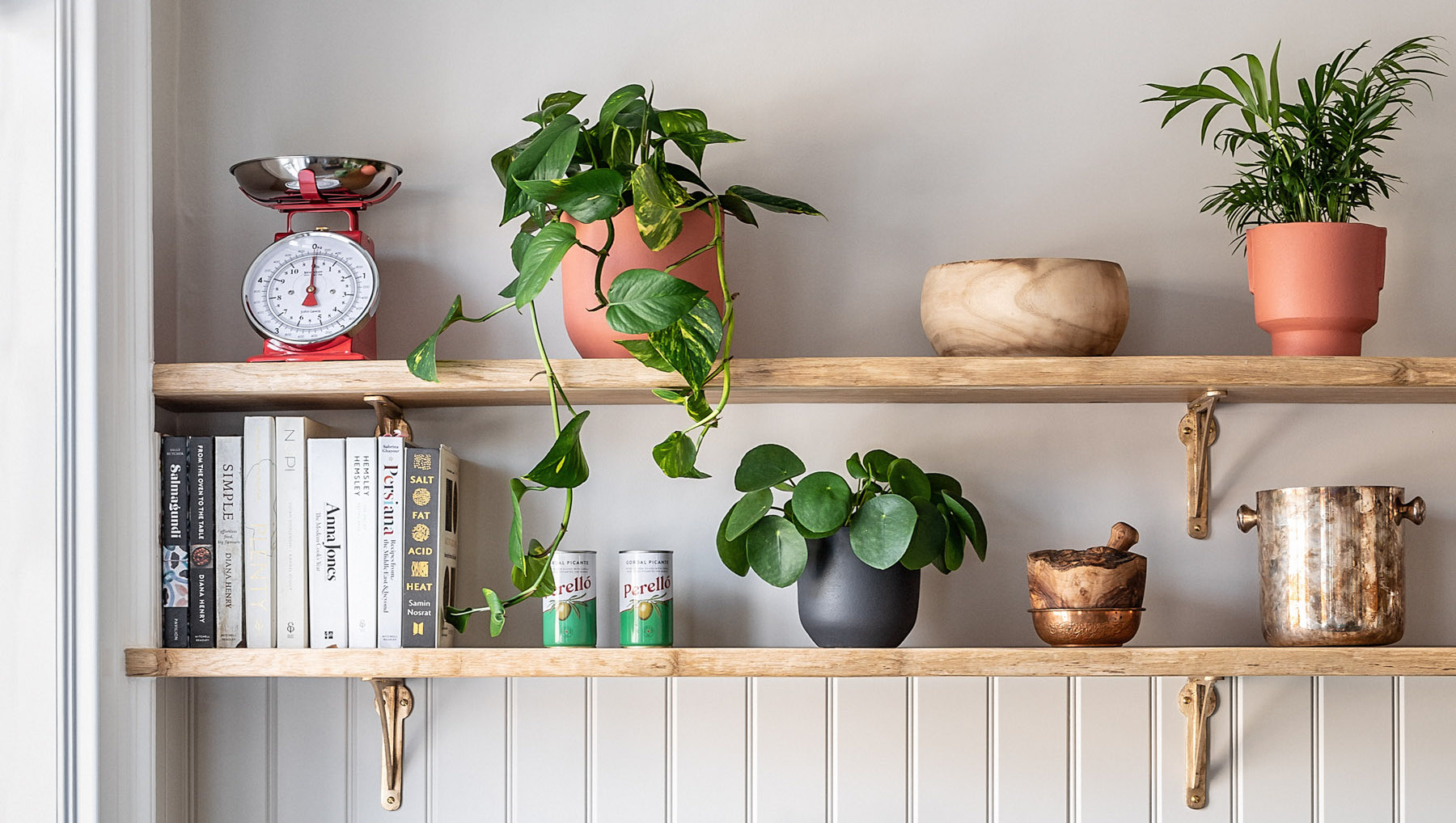
Deciding what color pots are best for indoor plants is an individual decision based on personal preference. It will also be influenced by the room your plants are being placed in and what else is in it.
However, certain colors work better together in your indoor garden than others and some shades emphasise or subdue whatever they are next to. So there are some pot colors that are pretty much guaranteed to work whatever the circumstance.
'Color plays such an important role in interior design. Whether you have a scheme for each room or the entire home, it can exude an emotion, an energy, and provoke a reaction that can be invaluable,'' says plant expert and author Hilton Carter in his latest book, Living Wild.
'In college, I took a course on color theory and was blown away by the idea that certain colors look completely different when they are placed next to each other.'
What color pots are best for indoor plants?
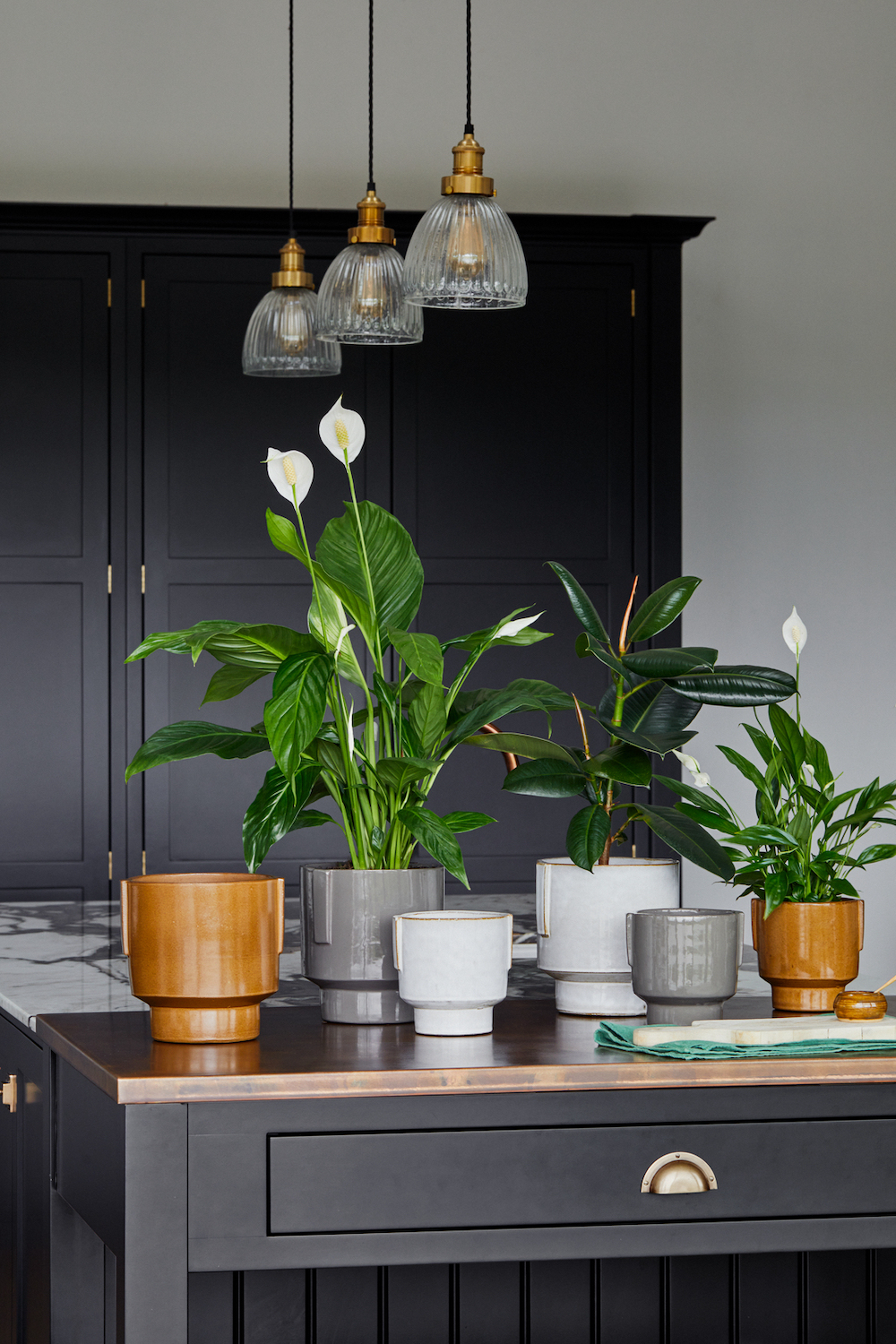
'When styling houseplants, you’ll mostly be working with the color green, but, luckily for us, they come in so many shades,' continues Hilton. 'Let the colors in your plants influence the paints you cover your walls with, the furniture you place throughout your home, and even the art you put on display.'
This extends to what's currently happening with trending pots for indoors gardens, too. The tones in your plant's leaves will be flattered by the planter they are placed in. There's no denying the beauty of lush green foliage against a white glazed ceramic, earthy terracotta, matt black or a cool grey pot.
'The planter is the outfit in which you dress your plant,' says Hilton. 'Weaving in a tapestry of mixed materials with different textures gives a home definition and depth.'
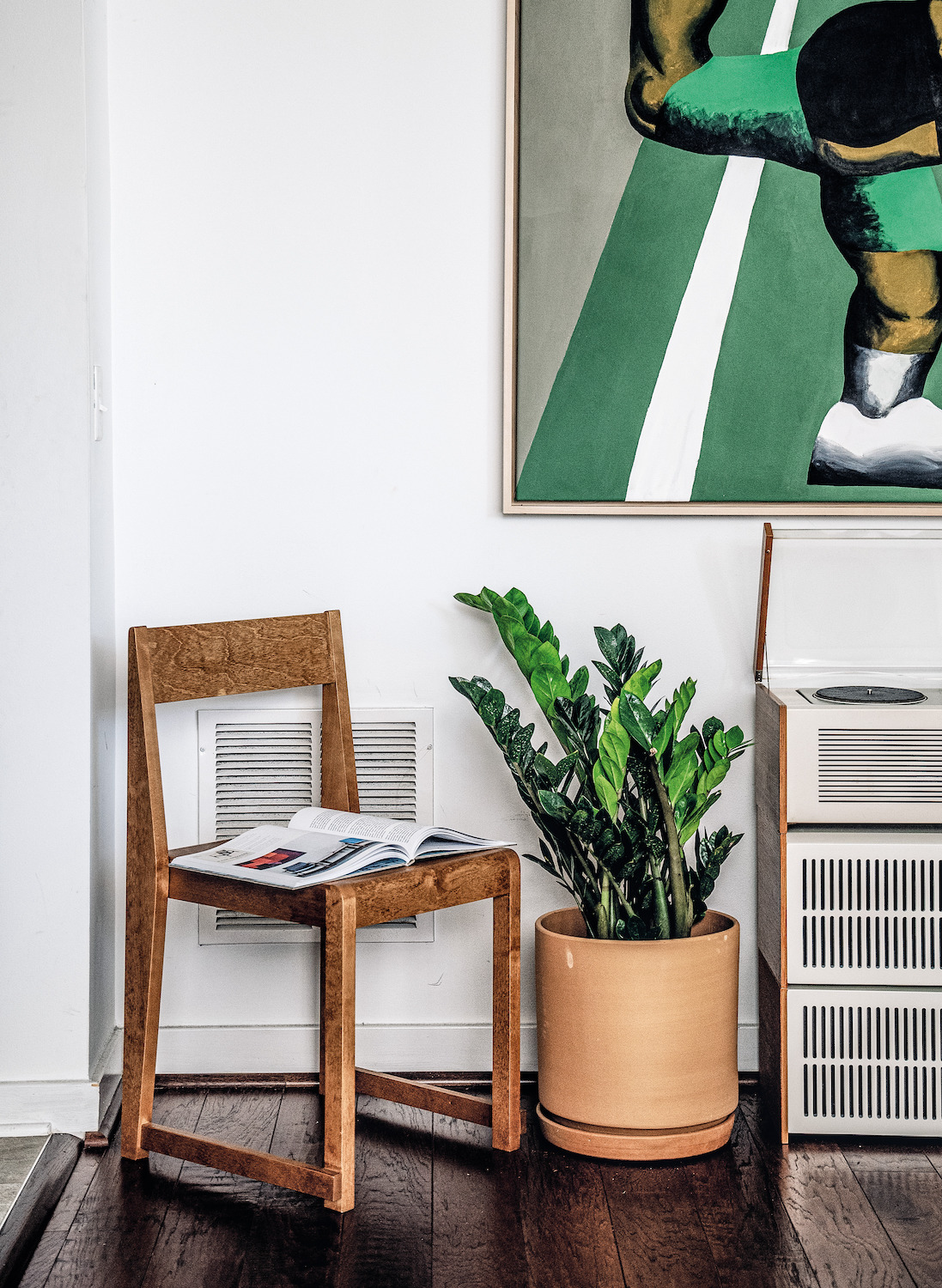
'When I’m styling my own space, I’ll most likely choose the plant for a particular area first, then select the planter that it will be styled in,' says Hilton. 'A sober grey planter allows a leafy Goeppertia orbifolia to be the star of the show.'
Some other perfect pairings in Hilton's home include a Philodendron 'jungle boogie' dressed in a chunky white ribbed planter, a Calathea setosa in a nerikomi-style pot by Fay Ray Clay, and a ZZ plant in a sturdy straight-sided terracotta pot.
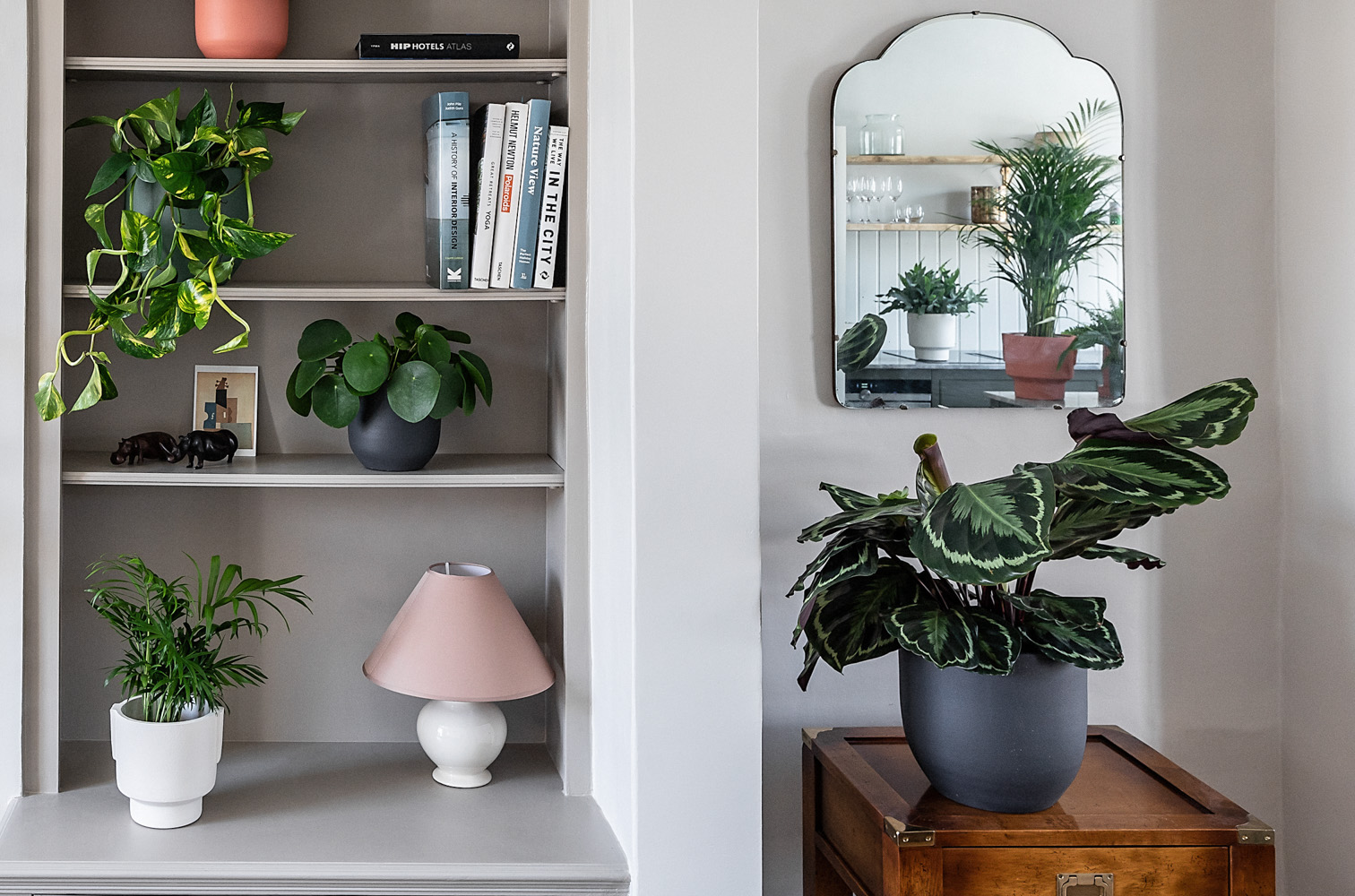
In general monochromatic colors, such as white, grey and black will look good next to lush green foliage. Earthy natural materials like terracotta or even wood, wicker or seagrass will beautifully offset a range of green tones, while warm metals, such as brass, with a hint of sheen will flatter shiny leaves.
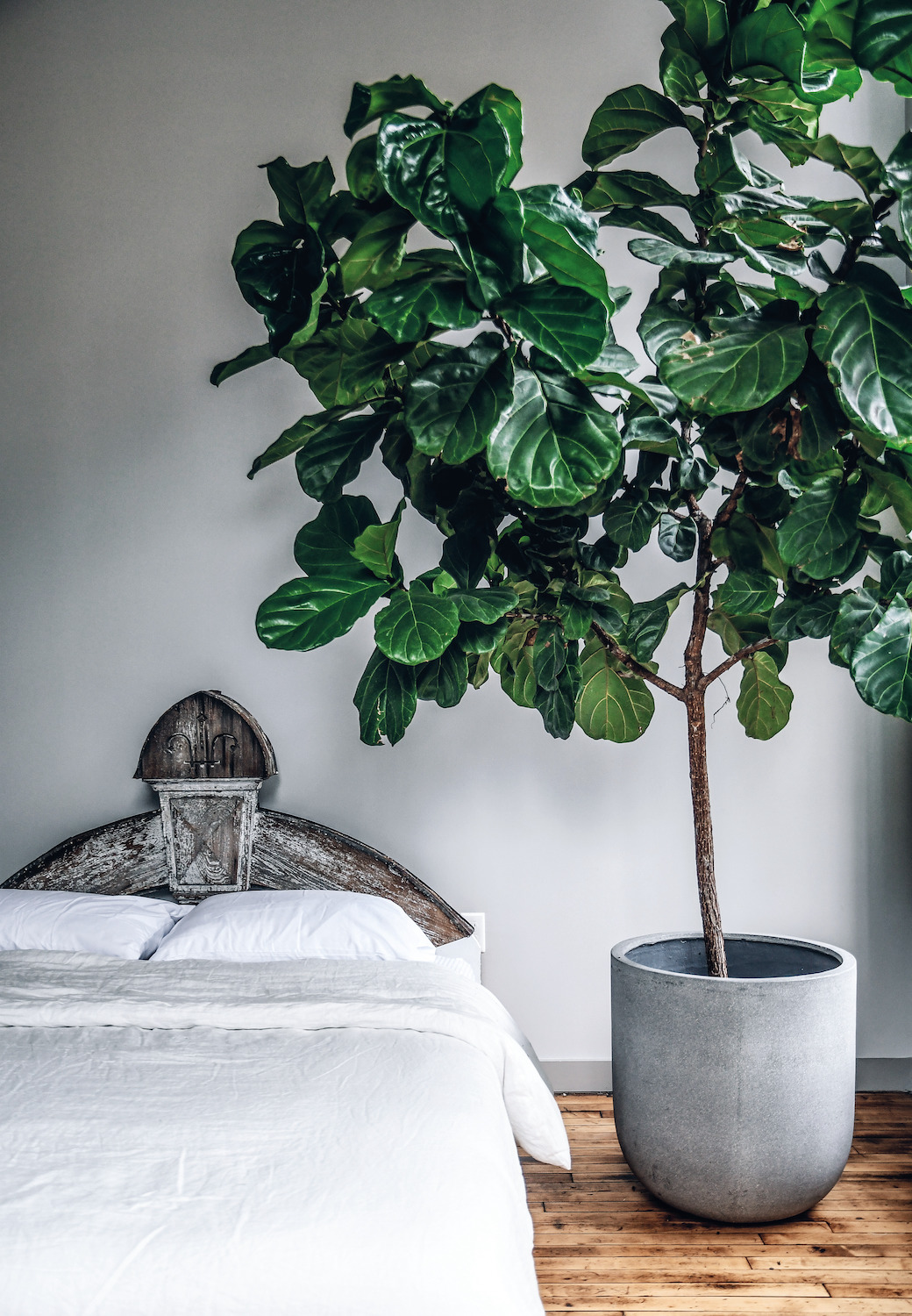
For a modern urban aesthetic, choose materials such as concrete, speckled terrazzo or marble. If you can't resist color, painted pots in soft pink or pale yellow can emphasise corresponding tones in leaves.
However, bold or primary colors will likely detract attention from your plant, so these are best avoided.







